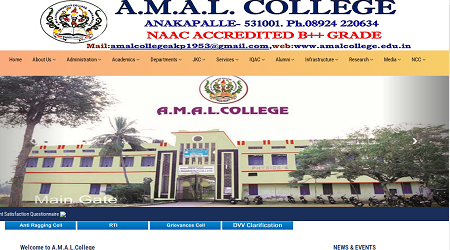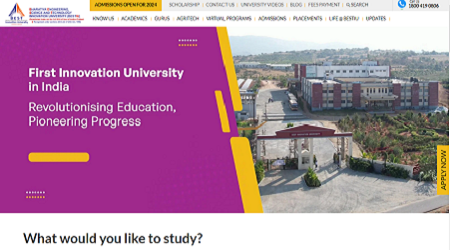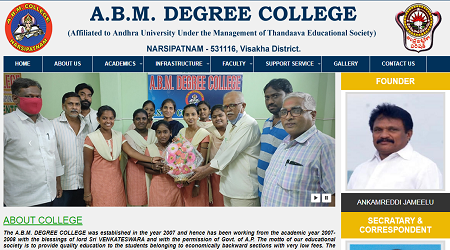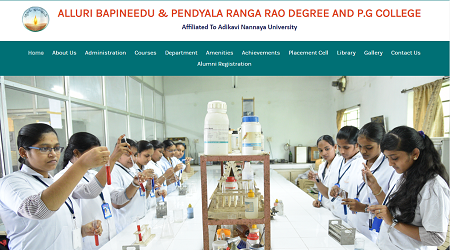How to Write A Successful Literature Review (Expert Tips)
Literature Review in Academic Research
If you’re proposing a study topic that already has a lot of published work, putting together a good literature review can seem like a difficult undertaking – there are so many books and journals with so many ccitations!
THREE_BUTTON
A literature review, in simple terms, is a critical compilation of data from many sources related to your study issue.
Main Types of Literature Reviews

Literature reviews are divided into three categories based on their structure and formulation:
- Traditional Literature Reviews or Narrative Reviews
- Scanning Reports or Scoping Reviews
- Systematic Reviews of the Literature
- Reviews by Cochrane
Literature Review Components
Regardless of the sort of literature review, there are three major components to consider while writing one. A solid literature review should include the following:
- Introduction or Foreword
- Body of the main content (paragraphs)
- Conclusion or Final Word

Literature Review Length in a Research Paper
Keeping these factors in mind, a literature review’s length is not limited by the word restriction. It is distinct in terms of purpose, audience, and discipline. A literature review for a dissertation or thesis should ideally be written as a 20-page full-length chapter.
Literature Review Purpose
You might be tempted to save time by limiting your review to the last decade, but this might be a major flaw. The goal of creating a literature review is to demonstrate your research authority. Your study findings will be dismissed as nothing more than your ideas based on some fundamental procedures if you don’t have that established reputation.
Inclusions not to be done in a Literature Review
In four simple phases, a badly done scientific literature review might derail a study thesis:
- You don’t have the credibility as a researcher to promote future research if you can’t show that you’ve done the background work.
- You won’t be able to construct a cohesive structure for the material you wish to present as the foundation for your work unless you’ve mapped out the depth and breadth of currently available material.
- You have no means of justifying the position of your proposed research without a full overview of the content – are you filling a gap, resolving noted deficiencies in someone else’s work, or possibly extending an existing study to a larger or new population sample?
- When attempting to critique previously published content, you lose context if your literature review isn’t thorough.
Writing a Successful Literature Review
To create a decent scientific literature review, you must first grasp the role it performs in carrying out a substantial piece of academic research:
- What is the context of your research study in relation to the larger body of knowledge?
- Make a list of keywords that are related to your research issue and use them to search your sources.
- Determine the essential concepts and factors that apply in this field of study.
- Determine the connections between those concepts/variables.
- Determine the need for more research – discrepancies, a lack of evidence, and chances for alternative methodology development.
THREE_BUTTON
Demonstration of the Material Command
It’s not about cramming as much information as possible into your head, nor should it be about reading “everything” about your intended topic – that would be impossible for some.
Concentrate on the material’s relevance to your intended topic and create a logical framework for examining it. Develop relationships that make sense within that framework, and structure your review around ideas rather than shaky connections by researcher, subject, or timeline.
Make an Attempt of Not Faking It
Only include information that you truly read — copying and pasting someone else’s bibliography will come back to haunt you later, especially if you have to give an oral defense and someone questions you about a specific article or study.
Remember that simply reading a dissertation or conference paper isn’t enough; you need to critique it as well.
Revolution around Sensibility
Your reader should feel fully comprehended as to how your suggested study fits into the current body of published work by the end of your literature review:
- You’re attempting to fill a known void.
- You’re offering a solution to a problem that has been identified.
- You’re going over an inconclusive research summary once more.
- You’re debating a well-established notion.
- You’re working on a more detailed version of a limited study.
Your literature review will fail both as a stand-alone piece of academic work and as a building block for your overall study, if your reader can’t figure out what you’re doing in connection to what has come before you.
Creation of Keyword List
It’s critical to create a keyword list that corresponds to the study questions. We will be able to choose research content more easily if we include every key variable or key topic. Furthermore, when you discover new terms, you can add them to a list that expands the types of literature.
Methodology
We must compare the findings and outcomes that arise from distinct ways if we draw our sources from several fields that use varied research methodologies. Consider the following example:
- Check to see if the results are qualitative or quantitative.
- Examine whether the topics being discussed are theoretical or empirical.
- Make a distinction between literary sources and cultural, historical, and social sources.
Theory
The cornerstone for theoretical frameworks is literature reviews. This literature can be used to discuss various theories, terminologies, and conceptual models. In addition, we can integrate many theoretical principles to create study frameworks.

THREE_BUTTON
Sources Citing and Note Making
We must begin our writing process while reading the literary reviews. Taking notes will also aid us in adding it into the literature study later. It’s also critical to keep track of our sources with proper citations. Following these proper citations will be beneficial for creating annotated bibliographies, as we will be able to compile all of the citations and create a summary. This really aids us in remembering what we’ve read, allowing us to save time.
Read More
Latest News & Updates
- How to Choose the Right Coaching Center for Entrance Exams
- Career Opportunities After Completing a Degree in Chemistry
- Top Colleges for Film Studies in India: Admission Guide
- Best Career Options After Completing MBA
- Top Institutes for Data Science Courses in India
- Top Colleges for Hotel Management in India: Admission Guide
- How to Choose the Right Specialization in Engineering
- Career Opportunities After Completing a Degree in Social Work
- Top colleges for Fine Arts in India: Admission Criteria
- How to Apply for a Government Job After Graduation
Top Courses
- BACHELOR OF COMMERCE IN INFORMATION TECHNOLOGY
- MASTER OF BUSINESS ADMINISTRATION IN DISASTER MANAGEMENT
- BACHELOR OF ARTS IN TOURISM STUDIES
- BACHELOR OF COMMERCE IN BANKING & INSURANCE
- BACHELOR OF ARTS IN VISUAL COMMUNICATION
- BACHELOR OF SCIENCE IN FORESTRY & HORTICULTURE
- BACHELOR OF SCIENCE IN CROP PHYSIOLOGY
- BACHELOR OF ART PERFORMING ARTS
- BACHELOR OF ARTS IN AVESTA-PAHLAVI
- BACHELOR OF ARTS IN HEBREW



















